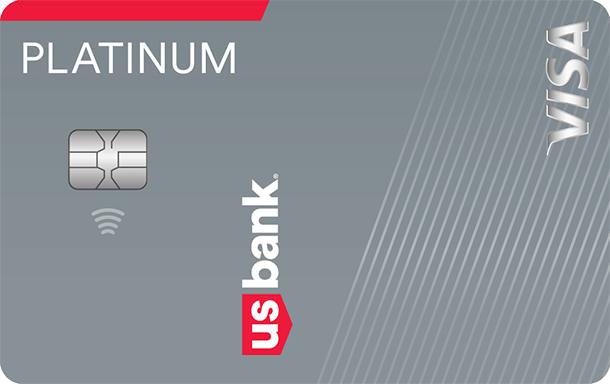Reasons to Get a Balance Transfer Credit Card
Balance transfer credit cards can provide several benefits to borrowers. Reaons to get
a balance transfer card may include:
- Promotional 0% APR periods
- Combining multiple credit card balances into one
- Improving your credit utilization ratio
- Flexible repayment plans with lower monthly payments
- Rewards or perks like cash back or travel points
The benefits of a balance transfer credit card can vary widely based on the borrower's
eligibility and the specific features offered by the credit card provider.
What Should I Look for in a Balance Transfer Credit Card?
When choosing a balance transfer credit card, it's important to consider the annual
percentage rate (APR), balance transfer fees, rewards programs, customer service
options, and any additional benefits that may be offered. Make sure you read the terms
and conditions carefully before applying for a card. Additionally, some cards may
require you to have a specific credit score or income level to qualify.
If you are getting a balance transfer credit card to save money on your existing
credit cards, you'll probably want to qualify for a new card with a lower interest rate.
You could also make extra payments during a 0% APR introductory period to lower the
principal balance.
How Balance Transfer Credit Cards Work
Balance transfer credit cards work by allowing you to transfer existing balances from
multiple credit cards onto a single card. Here's a step-by-step overview:
Once approved for a balance transfer credit card, you can work with the credit card
provider to transfer balances from your existing credit cards. The outstanding amounts
from these cards are consolidated onto your new card. Some balance transfer credit cards
offer an introductory period with a low or 0% annual percentage rate (APR). During this
period, you can potentially save on interest payments, allowing you to pay down the
principal balance more quickly.
With all your balances on one card, you'll make a single monthly payment. This can
simplify your financial management, making it easier to keep track of your debt and
payments. It's essential to have a repayment strategy. Take advantage of the lower
interest rates during the introductory period to make significant progress in paying off
your consolidated debt.
Steps to Apply for a Balance Transfer Credit Card
Applying for a balance transfer credit card is a multi-step process that may include:
- Checking Your Credit Score: Before applying, check your credit score. While some balance transfer credit cards
accept applicants with lower scores, a higher score may help you qualify for better
terms.
- Researching Card Options: Compare balance transfer credit cards, considering factors such as introductory APR,
balance transfer fees, rewards programs, and annual fees. Choose a card that aligns
with your financial goals and preferences.
- Understanding Terms and Conditions: Carefully read the terms and conditions, including interest rates, fees,
and any introductory offers. Make sure you understand the card's features and
responsibilities.
- Completing the Application: Once you've selected a suitable card, visit the issuer's website and complete the
online application. Provide accurate personal and financial information.
- Transferring Your Balance: After approval, initiate the balance transfer process. Provide details of the credit
card accounts you want to consolidate, and typically the issuer will handle the
transfers.
Balance Transfer Credit Card Interest Rates and Fees
The APR represents the cost of borrowing and varies based on your creditworthiness.
During the introductory period, some cards offer low or 0% APR, which may increase after
the introductory period.
Many balance transfer cards charge a fee for transferring balances. This fee is
typically a percentage of the transferred amount—factor in these fees when
assessing the overall cost savings.
Some balance transfer cards have annual fees. Consider whether the benefits and
potential savings outweigh the annual cost of holding the card. Be aware of late payment
fees. Ensure timely payments to avoid additional charges and potential impacts on your
credit score.
Pros and Cons of Balance Transfer Credit Cards
Pros- Lower Interest Rates: Balance transfer credit cards that come with lower interest rates or an introductory
period with low or no interest, could help you save on interest payments.
- Simplified Repayment: Combining multiple debts into a single credit card could streamline your monthly
payments, making managing and tracking your debt earlier.
- Potential for Rewards: Some balance transfer credit cards offer rewards programs, allowing you to earn cash
back, points, or other perks on your purchases.
Cons- Balance Transfer Fees: Many consolidation credit cards charge fees for transferring balances. It's crucial
to consider these fees and factor them into your overall cost savings.
- Introductory Periods: Some cards offer low or zero percent APR for an introductory period. Be aware that
these rates may increase after the introductory period expires.
- Credit Score Impact: Opening a new credit card and transferring balances may affect your credit score.
However, over time, responsible management could positively impact your credit.


